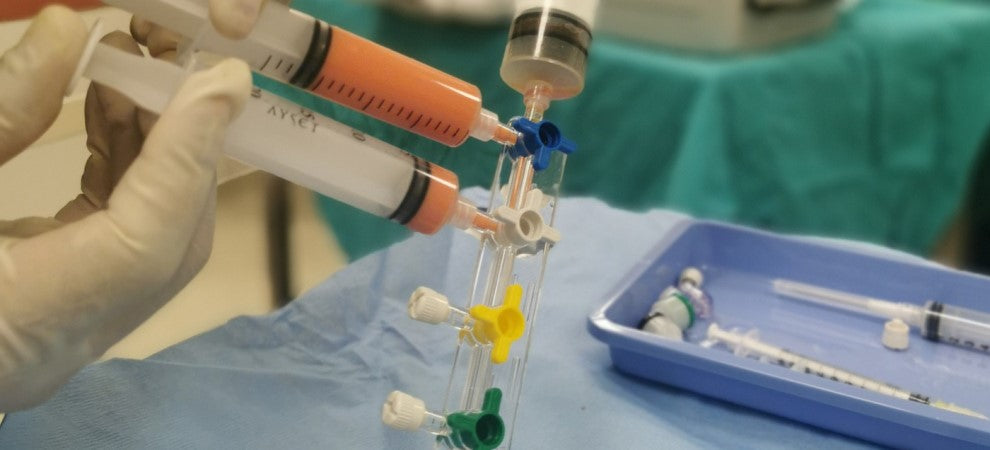Our bodies are composed of millions of different cells, and each one of them has a certain task it performs. There are cells that carry oxygen, create hormones, ward off infections, and store fat. There are also cells that are responsible for nutrient absorption, toxin removal and neutralization, and blood vessel lining. We also have special types of cells that make skin, hair, and nails. And then there are cells that serve one particular organ (e.g. muscle cells and nerve cells). What all these different types of cells with specialized functions have in common is they all come from stem cells.
You may have heard about stem cells and their unique capabilities. You may have also heard that they can be used to treat various diseases and injuries. Yet, you may still be wondering: What are stem cells? Why are they so important? What diseases can be treated using them?
In this article, we’ll try to answer these and some other frequently asked questions about stem cells and come up with a simple but informative guide. Let’s get started.

What are stem cells and what sets them apart from other cells?
First and foremost, let’s start by answering the commonly asked question: What are stem cells? In essence, they are the raw material our body uses to generate all the other specialized cells. When provided with the right conditions, whether in the body or the laboratory, stem cells divide and create 'daughter cells'. These daughter cells can either take the role of specialized cells or become new stem cells. These two processes are referred to as differentiation and self-renewal. What makes them so unique compared to other types of cells are their special abilities. For starters, there’s no limited number of divisions stem cells can go through. Unlike other cells, they have the ability to continue dividing indefinitely. Stem cells are also unspecialized or undifferentiated, meaning they don’t possess specialized features like muscle, fat, and nerve cells do. They are also capable of developing into other cell types and creating new ones – something no other kind of cell can do.What are the main sources of stem cells?
Now that we’ve determined what stem cells are, let’s talk about where they come from. Let’s start with embryonic stem cells. As their name suggests, they’re derived from embryos (called blastocysts) when they are between three and five days old. Stem cells that are derived in this process are called pluripotent stem cells. What this means is that they’re able to create new stem cells or form any other cell in the human body except tissues such as placenta. Then, there are adult stem cells which are multipotent. This means that although they can develop into other cells in the body, they’re not as versatile or capable as embryonic ones. This is why scientists have created the third type of stem cells referred to as induced pluripotent stem cells. These are adult stem cells that have been reprogrammed to take on the properties of embryonic stem cells. The final sources stem cells can be derived from are umbilical cord blood and amniotic fluid. Stem cells in the umbilical cord blood, as well as the placenta, are derived immediately after birth. After delivery, parents can rely on cord blood banks for the storage and preservation of these precious cells for future medical and therapeutic use. When it comes to stem cells in the amniotic fluid, they are extracted during a procedure called amniocentesis. Stem cells from the umbilical cord blood and amniotic fluid are referred to as perinatal stem cells and are capable of taking the role of specialized cells.

